SciGen Teacher Dashboard
Unit L2
Environmental Impact
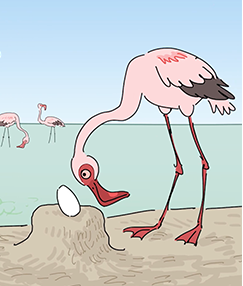 Video: Optimal Conditions
Video: Optimal Conditions
Duration: Approximately 45 minutes
Using the technique of “scrubbing” video, students move back and forth within the video while the file is still open. This is a common technique used by scientists in fields from psychology to biology to physics—any domain where raw, unedited video might be used to capture data. Of course, scrubbing is used in other fields, such as media production.
LEARNING OBJECTIVES
Students learn two vital research skills: Cornell note-taking and video scrubbing.
Students also learn more about the needs of a species within its habitat.
Teacher Tips
- While headphones work well when students work individually, they don't work for pairs of students. Consider investing in a class set of headphone splitters that turn one audio jack into two.
Teacher Tune-ups
Teaching Notes
ACTIVITY OVERVIEW
- Orient students to the video (5 minutes)
- View the video non-stop (10 minutes)
- Scrub to take Cornell Notes (30 minutes)
Orient students to the video (5 minutes)
Explain to students:
High school junior Francisco Hudson is the narrator of this light-hearted look at the serious problem that flamingos face at Lake Natron in Tanzania. Like many science videos, "All Paradise? The Habitat of the Lesser Flamingo" presents a lot of important scientific information very quickly.
- What is the duration of the video?
- How do you change the volume?
- How do you stop and start the video?
- Test the video for a few seconds. Does the video play smoothly?
- Is the audio clear? Are you using headphones?
- Practice scrubbing to various parts of the video and test stopping and starting.
View the video non-stop (10 minutes)
Students should watch the video through once without pausing.
Tell them:
- Do not be concerned if you do not understand all the information.
- Do not take notes.
Scrub to take Cornell Notes (30 minutes)
A: Optimal Conditions

Scrub to about 0:29 in the video to find this image. Then listen again to the narration of this portion of the video to complete your notes.
These words might be helpful to use in your notes:
hot, hot water lake, saltwater lake, blue-green algae
B: Limited Predators
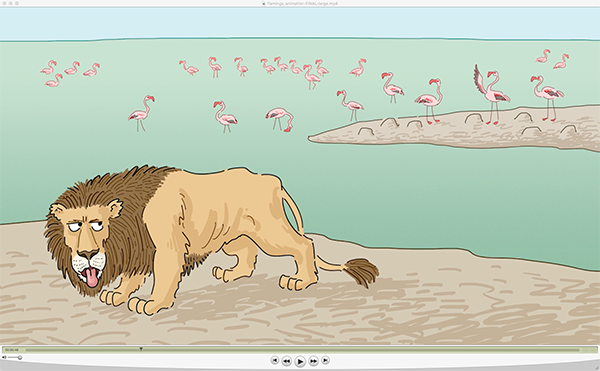
Scrub to about 0:44 in the video to find this image. Then listen again to the narration of this portion of the video to complete your notes.
These words might be helpful:
species, conditions
C: Fresh Water
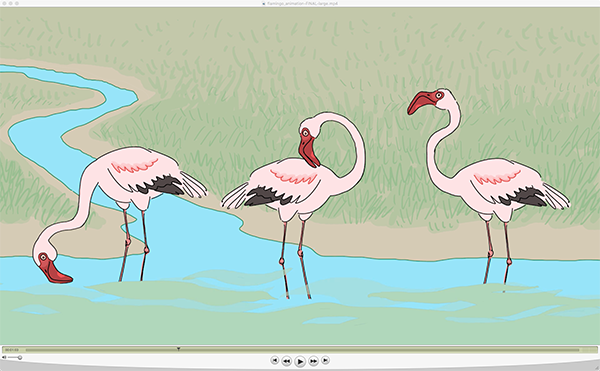
Scrub to about 0:57 in the video to find this image. Then listen again to the narration of this portion of the video to complete your notes.
These words might be helpful to use in your notes:
source, fresh water, drink, wash, chicks, salt, hardens
D: Nesting Places
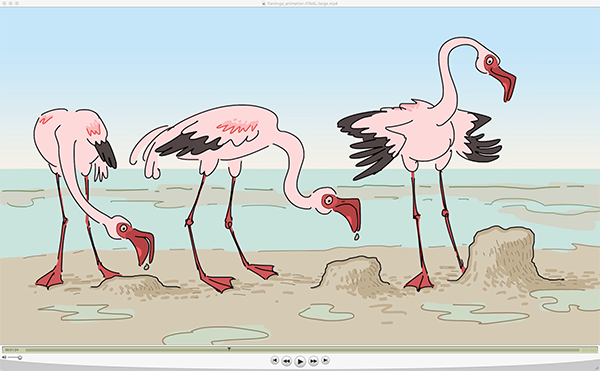
Scrub to about 1:19 in the video to find this image. Then listen again to the narration of this portion of the video to complete your notes.
These words might be helpful to use in your notes:
isolated, protected, mounds, shallow
E: Reliance on Lake Natron
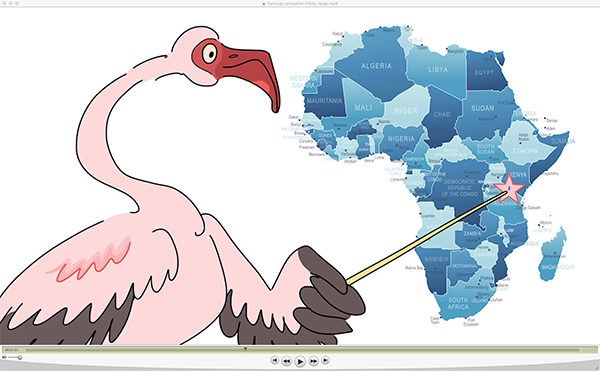
Scrub to about 1:28 in the video to find this image. Then listen again to the narration of this portion of the video to complete your notes.
These words might be helpful to use in your notes:
Lake Natron, Tanzania, 1 to 2 million, 70%
F: Frequency of Reproduction
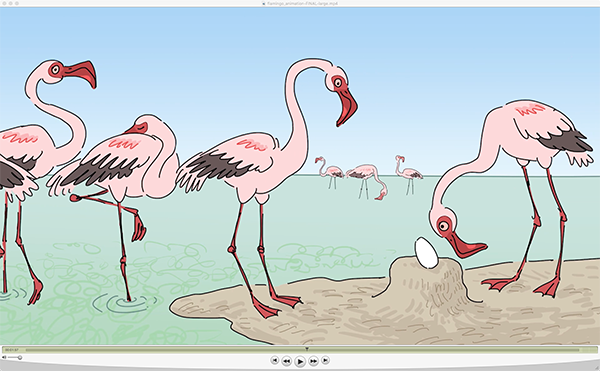
Scrub to about 1:58 in the video to find this image. Then listen again to the narration of this portion of the video to complete your notes.
These words might be helpful to use in your notes:
breed, female, reproduces, 5-6 years, single egg
G: Threat #1 - Food Source

Scrub to about 2:16 in the video to find this image. Then listen again to the narration of this portion of the video to complete your notes.
These words might be helpful to use in your notes:
threat, food source, temperatures, conditions, saltiness, shortage
H: Threat #2 - Nesting Places
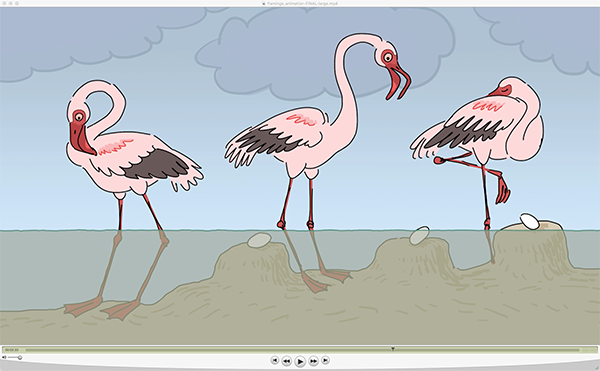
Scrub to about 2:28 in the video to find this image. Then listen again to the narration of this portion of the video to complete your notes.
These words might be helpful to use in your notes:
isolated, flood
I: Threat #3 - Decrease in Fresh Water

Scrub to about 2:36 in the video to find this image. Then listen again to the narration of this portion of the video to complete your notes.
These words might be helpful to use in your notes:
fresh water, drink, wash, supply, polluted
J: Natural Threats vs. Human Threats

Scrub to about 2:47 in the video to find this image. Then listen again to the narration of this portion of the video to complete your notes.
These words might be helpful to use in your notes:
flood, drought, natural causes, adapt, human, damage, destruction
K: Potential Changes Caused by Factory
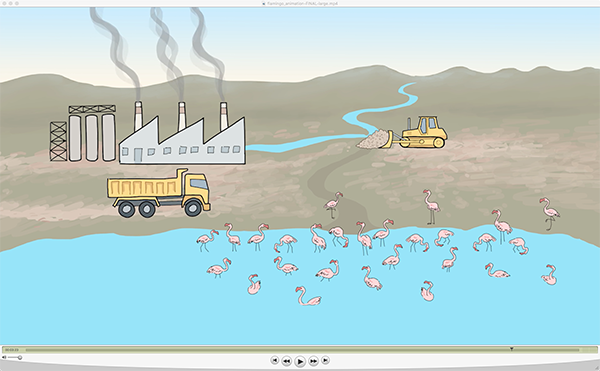
Scrub to about 3:07 in the video to find this image. Then listen again to the narration of this portion of the video to complete your notes.
These words might be helpful to use in your notes:
factory, government, soda ash, key ingredient, glass, impact, extinction
BETA Version - Please send comments and corrections to info@serpinstitute.org